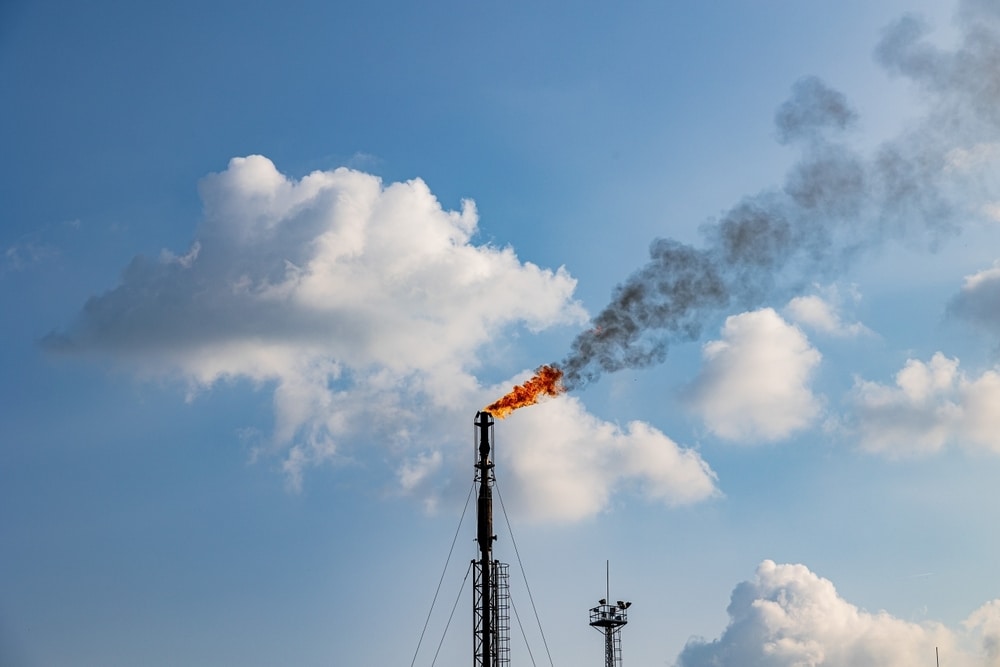This website uses cookies as well as similar tools and technologies to understand visitors’ experiences. By continuing to use this website, you consent to Columbia University’s usage of cookies and similar technologies, in accordance with the Columbia University Website Cookie Notice.
Energy Explained
Insights from the Center on Global Energy Policy
This Energy Explained post represents the research and views of the author. It does not necessarily represent the views of the Center on Global Energy Policy. The piece may be subject to further revision. Contributions to SIPA for the benefit of CGEP are general use gifts, which gives the Center discretion in how it allocates these funds. Rare cases of sponsored projects are clearly indicated.
For a full list of financial supporters of the Center on Global Energy Policy at Columbia University SIPA, please visit our website at Our Partners. See below a list of members that are currently in CGEP’s Visionary Circle. This list is updated periodically.
In December 2021, the European Commission published a legislative proposal aimed at reducing methane emissions in the energy sector.[1] On November 15, 2023, the Spanish presidency of the Council of the European Union brought this piece of legislation nearly to the finish line.[2] With the clock ticking—given the impending change of Commission and Parliament in 2024—and following trilogues (legislative meetings between the European Commission, Council of the EU, and European Parliament), an agreement was reached, notably on Chapter 5 of the legislative proposal, which deals with imports of fossil energy. The tentative agreement, which still needs to be formally adopted by both the Council and the Parliament, could occur coincident with the 2023 United Nations climate change conference (COP28).
In this article, the authors discuss the significance of these new emission-reduction rules. They argue that by addressing greenhouse gas emissions embodied in imported oil and gas, the European Union (EU27) can influence climate policies of other nations around the world without risking major political or economic repercussions within member states.
Addressing Methane Emissions
Historically the global climate lexicon has centered around carbon dioxide emissions, but in recent years the scope has broadened to include methane, which is responsible for 30 percent of the rise in global temperatures since the onset of the industrial revolution.[3] Addressing methane emissions across all sectors can achieve near-term gains in the efforts to limit global warming. That was the line of reasoning two years ago, when US President Joe Biden and EU President Ursula von der Leyen announced the Global Methane Pledge at COP26 in Glasgow.[4]
Addressing methane emissions in the energy sector alone does not solve the entire methane challenge, but it is a good place to start: solutions are more evident in the energy sector than in the agricultural or landfill sectors, which are also major contributors. The energy sector accounts for about 30 percent of anthropogenic methane, almost all in production and transmission, not consumption. Due to both natural and self-imposed reductions in its domestic supplies of fossil fuels, the EU27 (which does not include the United Kingdom and Norway) would seem to be in a weak position to address the problem of methane emissions from the supply chains of its fuels.
So what can Europe do about climate, without annoying or inconveniencing its own citizens? It turns out that the EU27 can in fact effectively influence climate policies of other nations around the world at little cost to itself.[5]
Understanding the Legislation
The first part of the legislative proposal imposes strict emission-reduction rules on domestic oil and gas production—a sector which hardly exists in Europe.[6] Therefore, these regulations affect only a few companies, mostly those operating gas pipelines, storage facilities, and regasification terminals. However, this is an essential step toward imposing restrictions on greenhouse gas emissions embodied in imported oil and gas. Without domestic rules in place, the European Union would be vulnerable to sanctions imposed by the World Trade Organization, including countervailing tariffs on products Europe wishes to export to others. The authors have argued elsewhere that the prospects for this plan have been aided by the turmoil in the European gas market associated with Russia’s invasion of Ukraine in February 2022.[7]
With these new rules, the European Commission envisions (1) improving data and transparency around methane emissions, including the creation of a global monitoring tool and a super emitter rapid reaction mechanism; (2) requiring importers to purchase from sources that are on par with EU27 regulatory practices starting in 2027; and (3) imposing a maximum methane intensity value for EU27 imports by 2030.
The Enabling Role of Technology
There is a fundamental challenge of methane emissions in the energy sector: we often do not really know the size of the problem.[8] For example, the self-reported methane emission intensity from the Russian oil and gas industry declined by 89 percent between 2013 and 2019, thereby surpassing the United States in this measure of environmental performance.[9] The good news is that a wide array of technologies have been commercialized in recent years that can help fill that void, making the requirement of monitoring, reporting, and verification (MRV) a realistic expectation. The day EU27 took this major step forward in methane emission control, the United States Department of Energy Office of Fossil Energy and Carbon Management announced the creation of a 14-member International Working Group to develop protocols for the measurement, monitoring, reporting, and verification (MMRV) of greenhouse gas emissions in fossil fuel supply chains.[10][11]
The legislation also calls for a global methane monitoring tool, which—an earlier draft indicates—will be based on satellite data.[12] Although satellite data have some technical limitations that make them less than ideal for this purpose,[13] the ability to efficiently, frequently, and freely inspect the entire earth is a substantial advantage, given the access restrictions in many oil- and gas-exporting nations.
Impact on the LNG Market
The impact of these regulations on the global LNG market is of particular interest. Europe (EU27 + United Kingdom) represented 29 percent of global LNG imports in 2022. If key LNG importers in East Asia, notably Japan and Singapore, are inspired by European action, it could have a noticeable effect on global climate as, together with Europe, these countries account for almost half of global LNG imports. One could argue that European buyers may not be currently in the best position to negotiate cleaner gas supplies in anticipation of regulatory changes, as they have been scrambling to find affordable gas to replace pipeline imports from Russia since the start of the war in Ukraine. However, a more pertinent question is whether they would be in a better position after 2025, considering a potential looming oversupply of LNG.[14]
European environmental rules have been notably effective in raising global standards in the past.[15] The authors expect that extraterritorial regulations imposed by the EU27 will raise greenhouse gas emission standards in countries that export fossil fuels to Europe. Since Europe imports about 11 percent of all oil and 8 percent of all gas consumed globally,[16][17] oil and gas exporters will be attentive to Europe’s environmental standards. If the wealthy importing nations of East Asia follow Europe’s lead, the cause of global greenhouse gas mitigation would further advance.
CGEP’s Visionary Circle
Corporate Partnerships
Occidental Petroleum Corporation
Tellurian Inc
Foundations and Individual Donors
Anonymous
Anonymous
the bedari collective
Jay Bernstein
Breakthrough Energy LLC
Children’s Investment Fund Foundation (CIFF)
Arjun Murti
Ray Rothrock
Kimberly and Scott Sheffield
Notes
[1] EUR-Lex, “Proposal for a Regulation of the European Parliament and of the Council on Methane Emissions Reduction in the Energy Sector and Amending Regulation (EU) 2019/942,” December 15, 2021, https://eur-lex.europa.eu/legal-content/EN/TXT/?uri=CELEX%3A52021PC0805&qid=1642698591892.
[2] Council of the EU, “Climate Action: Council and Parliament Reach Deal on New Rules to Cut Methane Emissions in the Energy Sector,” press release, November 15, 2023, https://www.consilium.europa.eu/en/press/press-releases/2023/11/15/climate-action-council-and-parliament-reach-deal-on-new-rules-to-cut-methane-emissions-in-the-energy-sector/.
[3] UNEP, “Urgent Action to Cut Methane Emissions from Fossil Fuel Operations Essential to Achieve Global Climate Targets,” October 11, 2023, https://www.unep.org/news-and-stories/press-release/urgent-action-cut-methane-emissions-fossil-fuel-operations-essential.
[4] Climate & Clean Air Coalition, “Global Methane Pledge,” accessed November 4, 2023, https://www.globalmethanepledge.org/.
[5] Rystad Energy Consulting, “Impact of EU Methane Import Performance Standard,” November 13, 2023, https://www.catf.us/resource/impact-eu-methane-import-performance-standard/.
[6] Energy Institute, Statistical Review of World Energy, 2023, https://www.energyinst.org/statistical-review.
[7] Tim Boersma and Robert L. Kleinberg, “Prospects for EU Extraterritorial Reduction of Methane Emissions from Its Natural Gas Supply,” Center on Global Energy Policy, Columbia University, June 15, 2023, https://www.energypolicy.columbia.edu/publications/prospects-for-eu-extraterritorial-reduction-of-methane-emissions-from-its-natural-gas-supply/.
[8] House Select Committee on the Climate Crisis, Hearing held June 24, 2022, US Government Publishing Office, 2022, questions to Dr. Kleinberg, pages 53–55, https://www.congress.gov/event/117th-congress/house-event/114942; https://www.congress.gov/117/chrg/CHRG-117hhrg48849/CHRG-117hhrg48849.pdf.
[9] See, e.g., Robert L. Kleinberg, “Methane Emissions from the Fossil Fuel Industries of the Russian Federation,” Center on Global Energy Policy, Columbia University, January 15, 2023, Section 2.2.1, https://www.energypolicy.columbia.edu/publications/methane-emissions-fossil-fuel-industries-russian-federation/.
[10] US Department of Energy Office of Fossil Energy and Carbon Management, “U.S. Department of Energy Announces Global Collaboration to Reduce Methane Emissions,” press release, November 15, 2023, https://content.govdelivery.com/accounts/USDOEOFE/bulletins/37b2163.
[11] U.S. Department of Energy Office of Fossil Energy and Carbon Management, “Public Announcement of International Working Group to Establish a Greenhouse Gas Supply Chain Emissions Measurement, Monitoring, Reporting, and Verification (MMRV) Framework for Providing Comparable and Reliable Information to Natural Gas Market Participants,” November 15, 2023, https://www.energy.gov/sites/default/files/2023-11/MMRVFramework_PublicAnnouncement_15Nov2023.pdf.
[12] Council of the European Union, “Compromise Proposal on Chapter V of the Methane Regulation regarding Imports, WK 13799/2023 INIT, Brussels,” October 27, 2023, Article 29.
[13] Kleinberg, “Methane Emissions from the Fossil Fuel Industries of the Russian Federation,” Section 2.3.
[14] US Energy Information Administration, “LNG Export Capacity from North America is Likely to More Than Double Through 2027,” Today in Energy, November 13, 2023, https://www.eia.gov/todayinenergy/detail.php?id=60944.
[15] Anu Bradford, The Brussels Effect (New York: Oxford University Press, 2020).
[16] Energy Institute, Statistical Review of World Energy.
[17] Eurostat, “Statistics Explained,” accessed November 6, 2023, https://ec.europa.eu/eurostat/statistics-explained/index.php?title=Main_Page.
More on Energy Explained Energy Explained
Power of Siberia 2: Russia’s Pivot, China’s Leverage, and Global Gas Implications
President Putin's trip to China marks a turning point in the trajectory of Russian pipeline gas flows to the country.
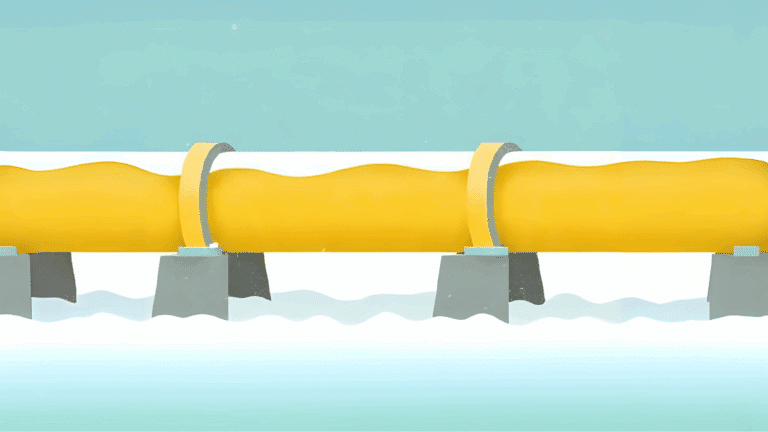
How the EU Might Become the OPEC of Global Gas
Despite producing little natural gas, the EU could become the most powerful entity in global gas markets in the decades to come.
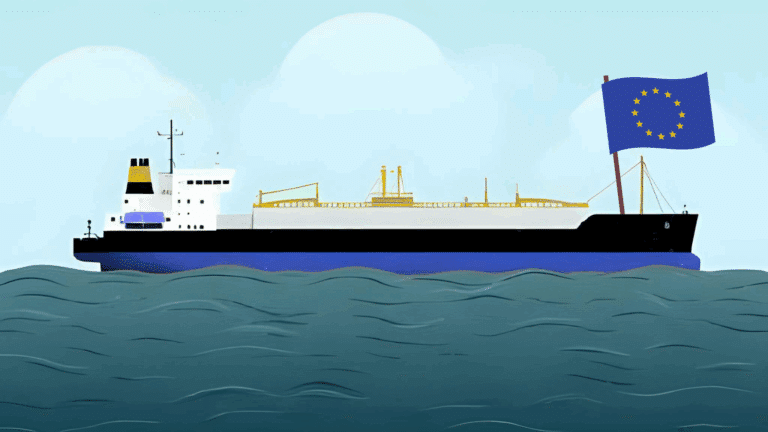
The Social Cost of Carbon Is Gone — and That May Be Good News for Future US Climate Policy
President Trump has ended the federal government’s use of the "social cost of carbon" (SCC), an official estimate of the harms caused by carbon dioxide emissions.

Expert Voices in Energy: The Promise and Peril of Foreign Entity Restrictions
In July, Republicans in Congress passed their signature domestic policy package, the One Big Beautiful Bill Act (or, H.R. 1).
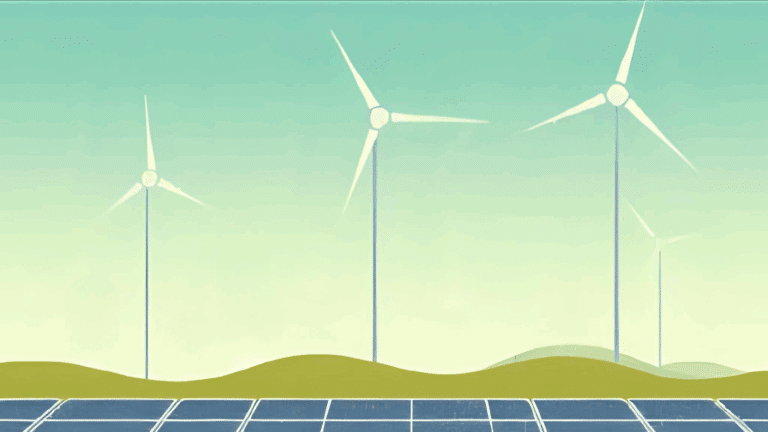
Relevant
Publications
Signed But Not Sealed: The Geopolitics Behind Power of Siberia 2
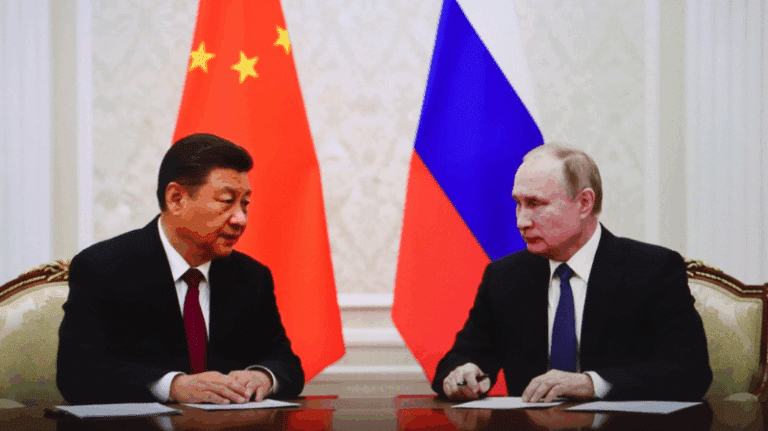
How Qatar’s LNG Decisions Will Impact an Oversupplied Global Market
Qatar is entering the world's next LNG expansion phase with a large share of uncontracted supply, and how it will navigate this phase is the central uncertainty in the LNG market.

Le grand flou du volet énergie de l’accord États-Unis-Union européenne
L'essentiel de l'actualité du gaz naturel, des gaz renouvelables et de l'hydrogène




